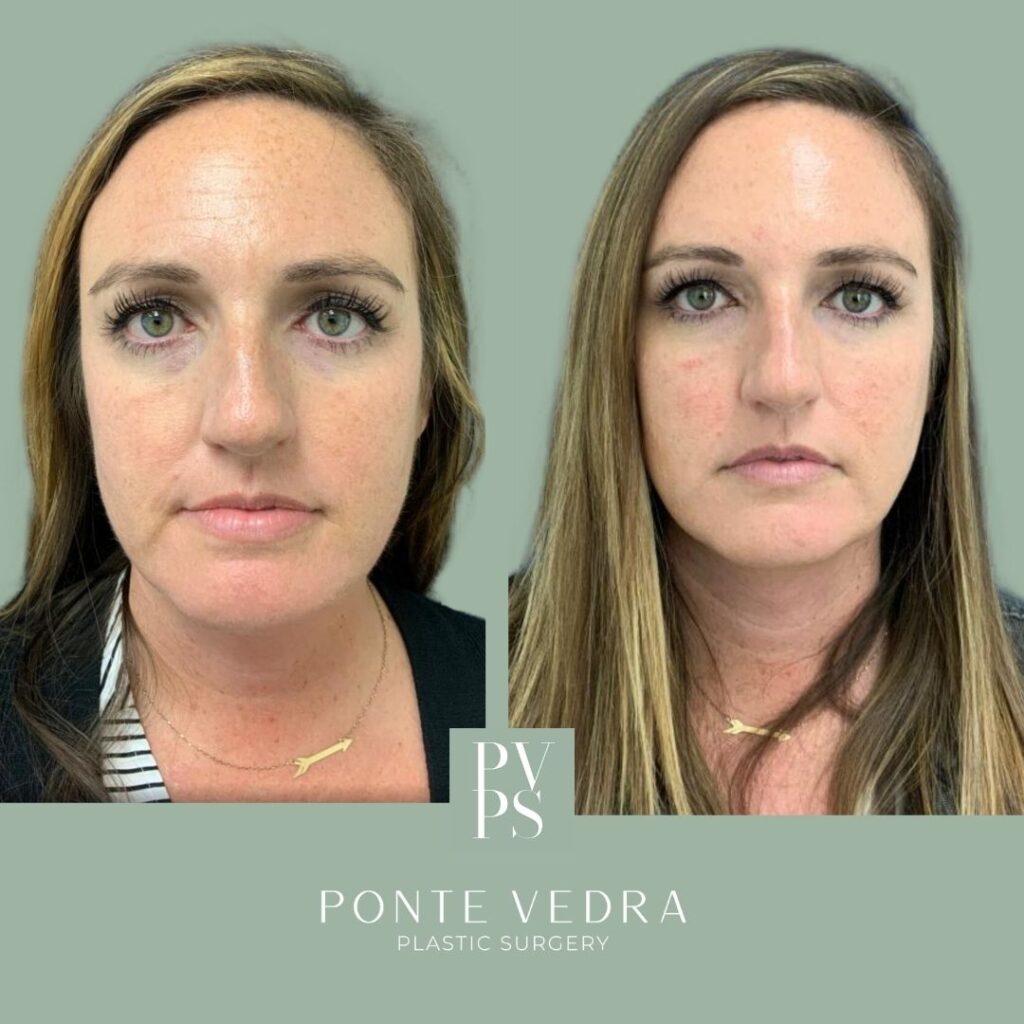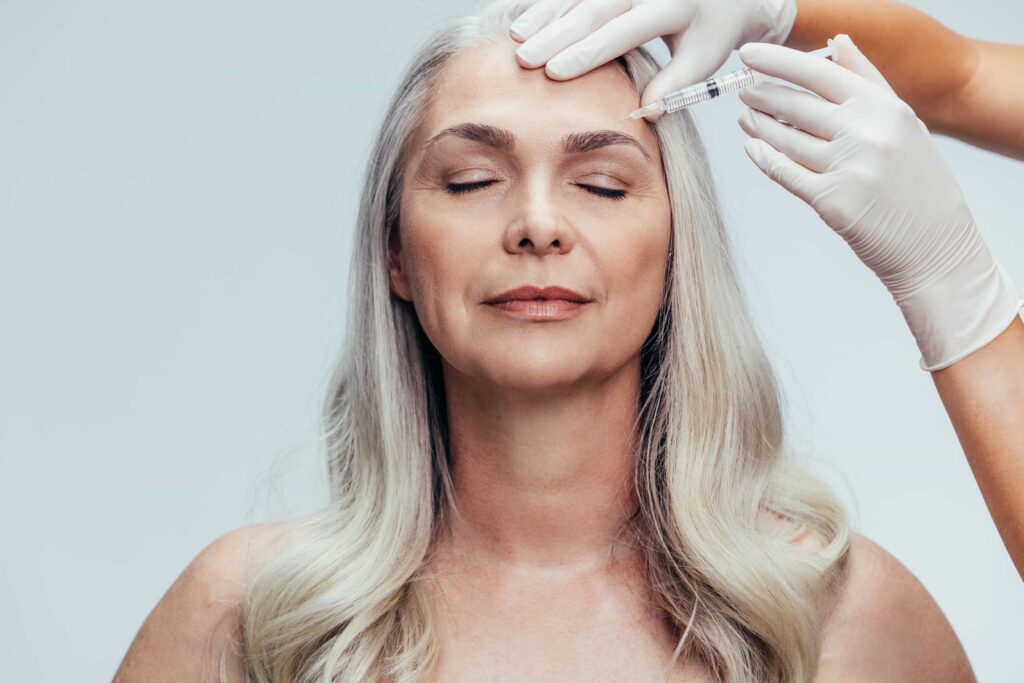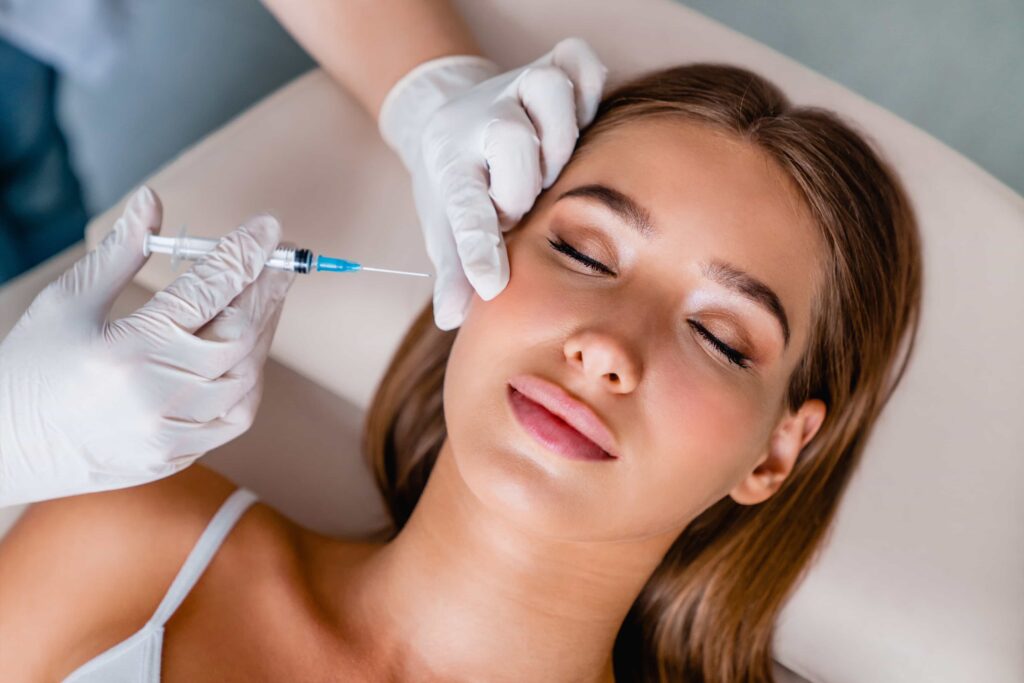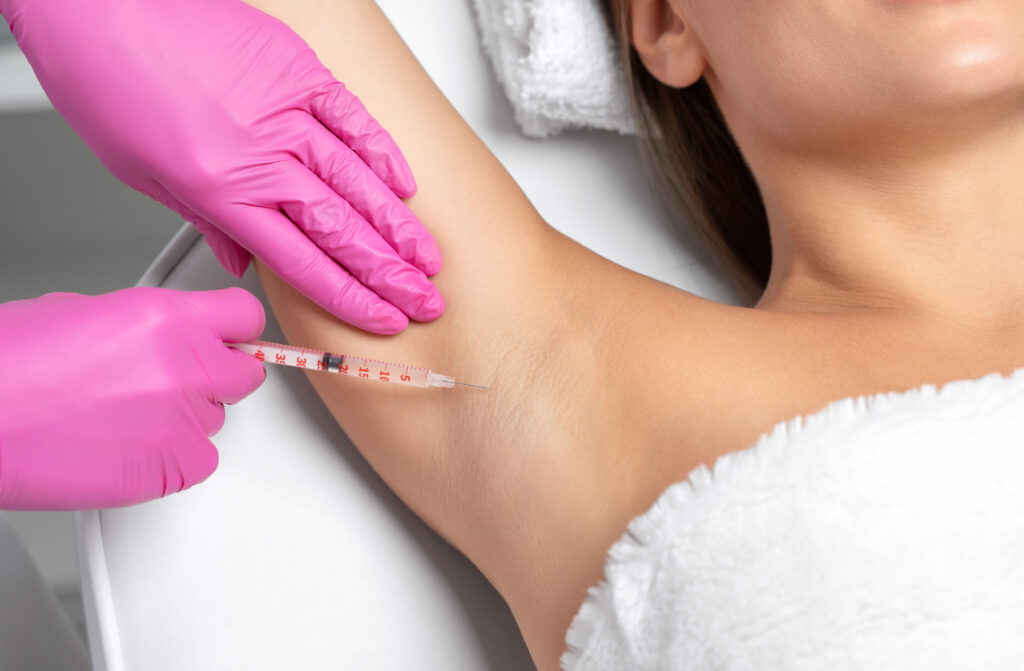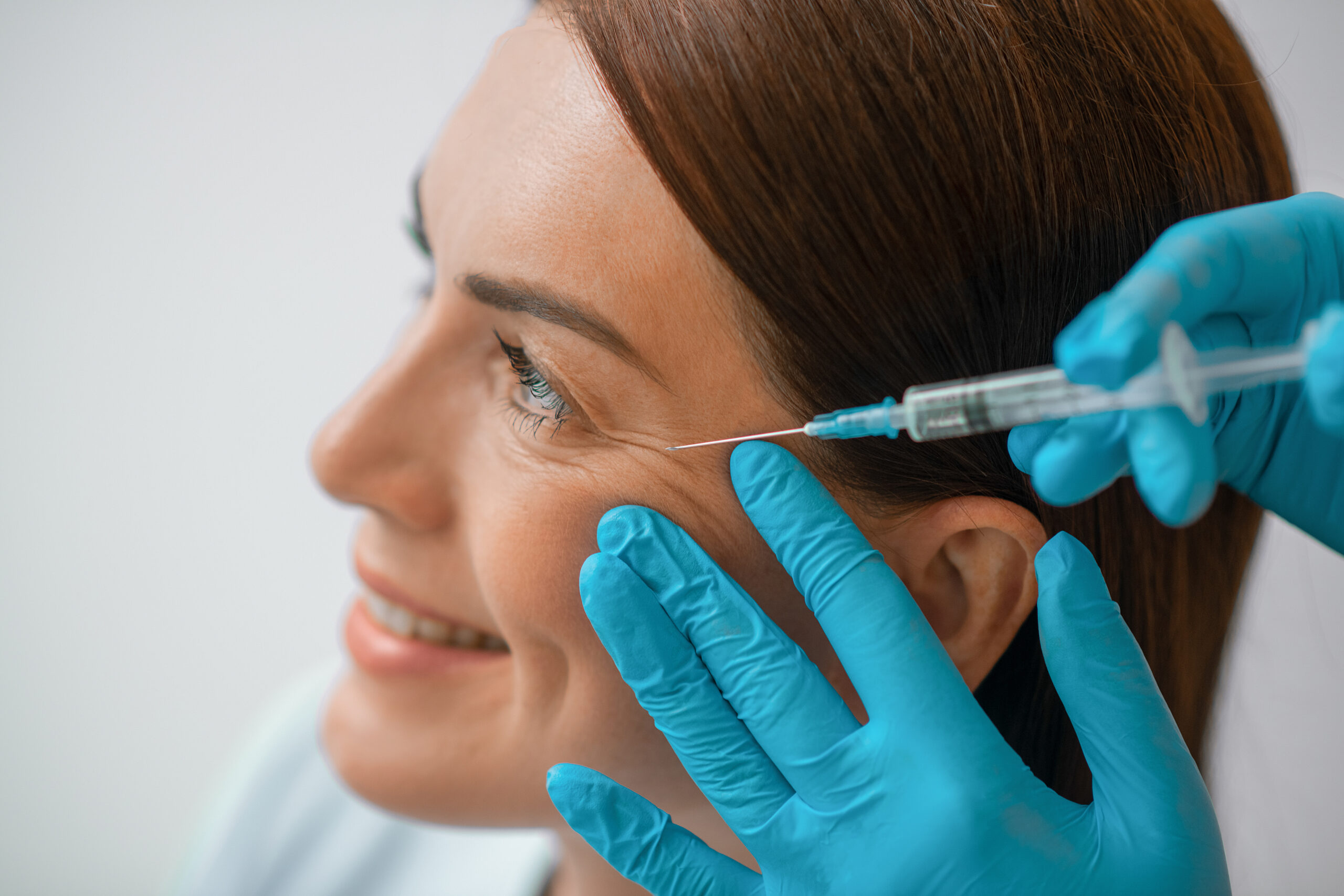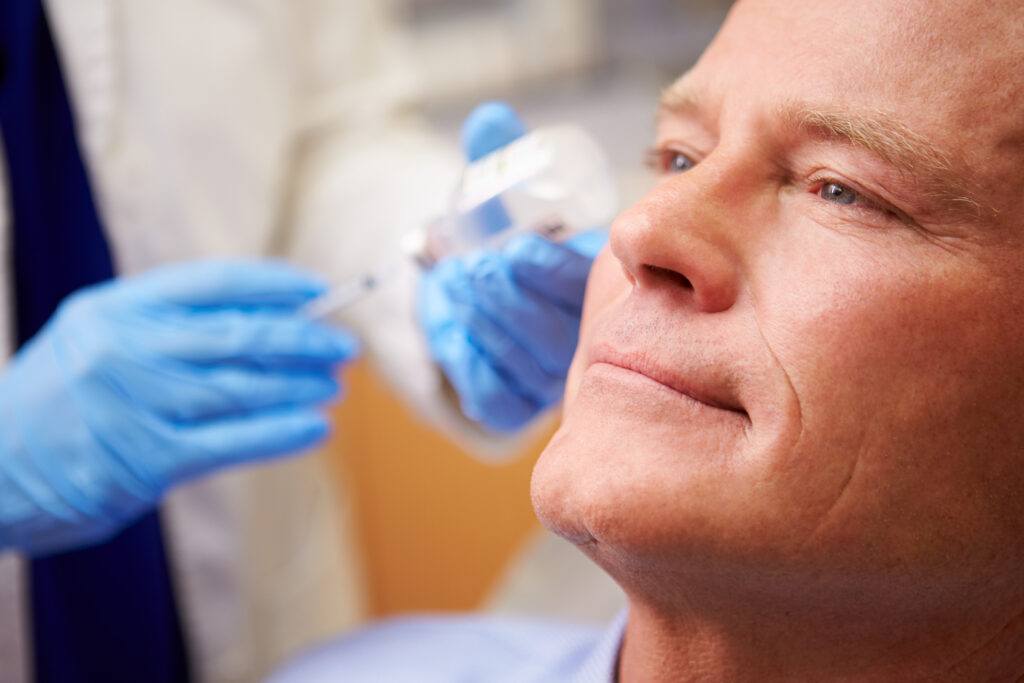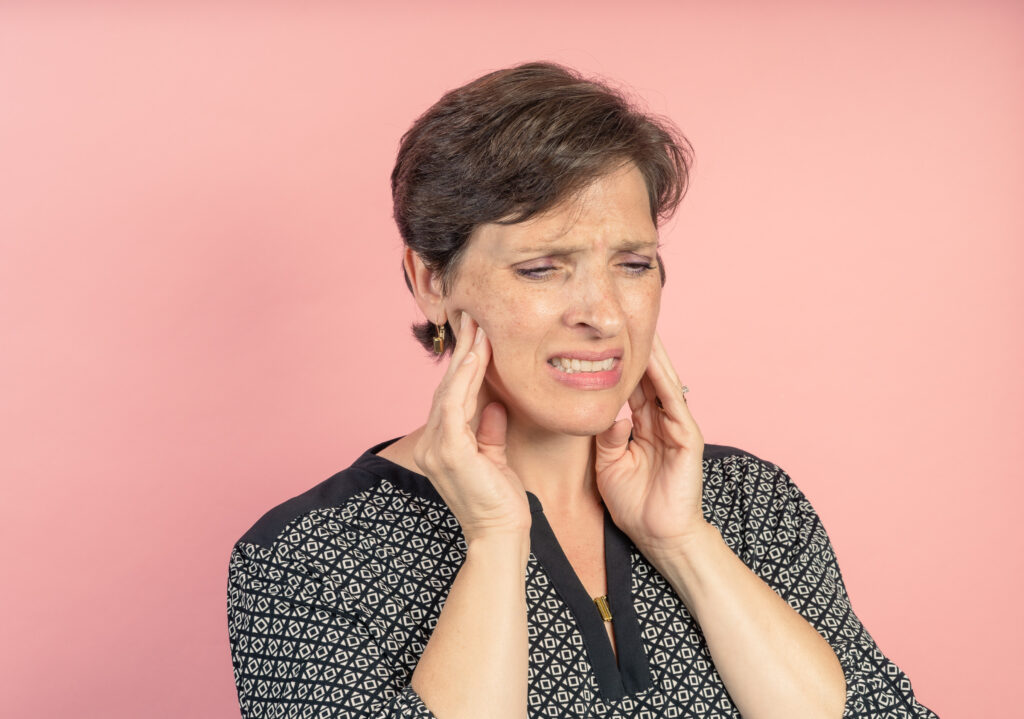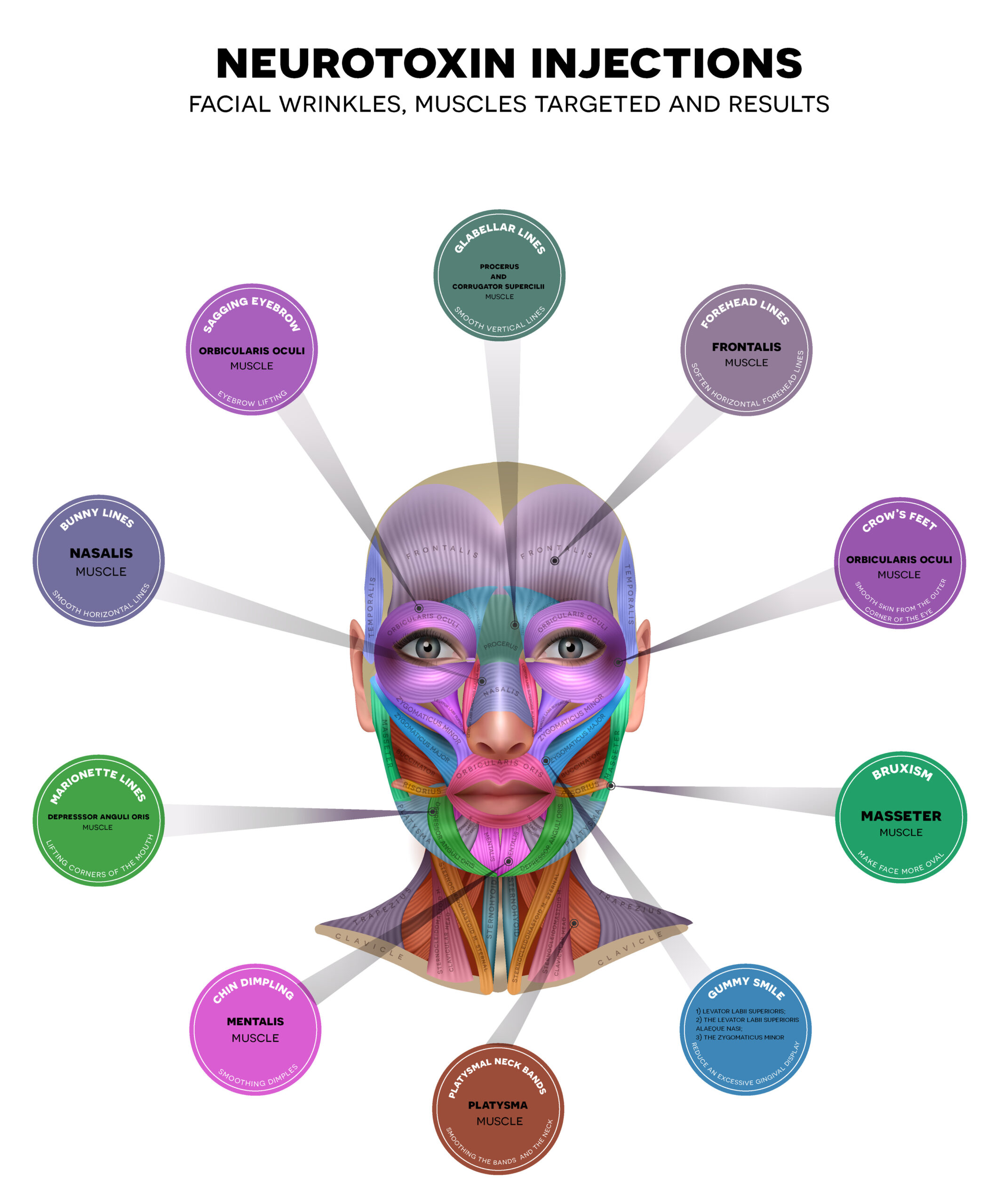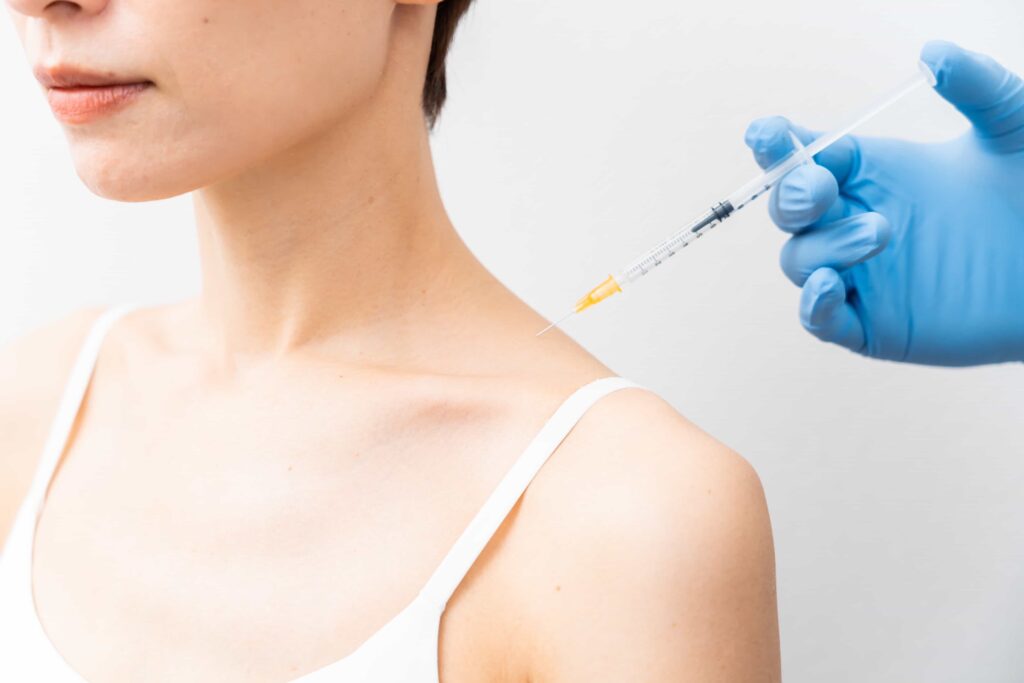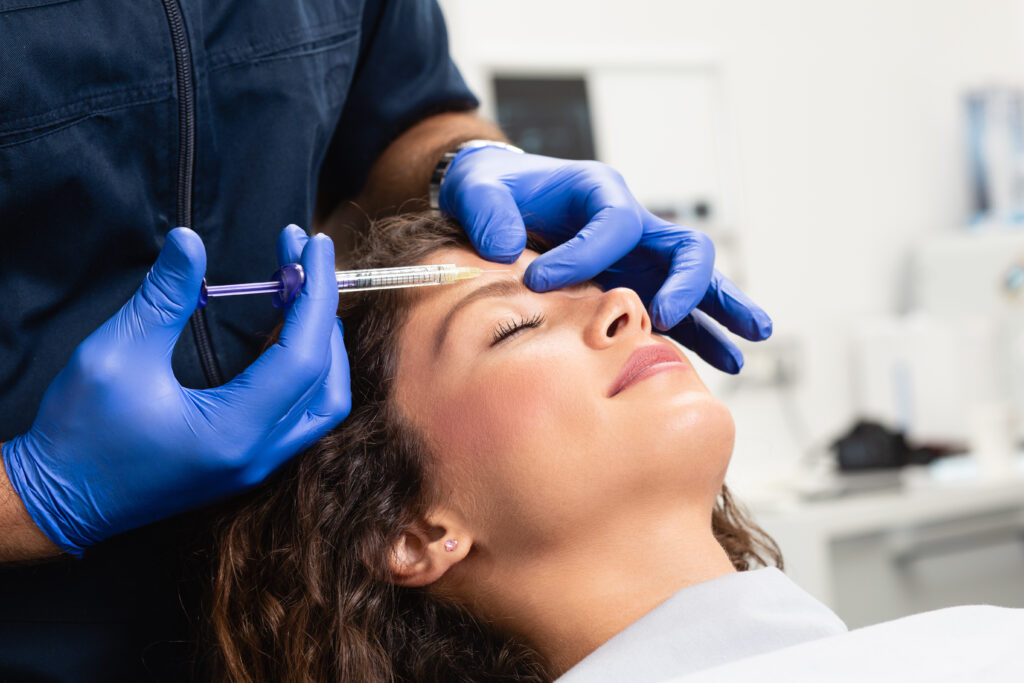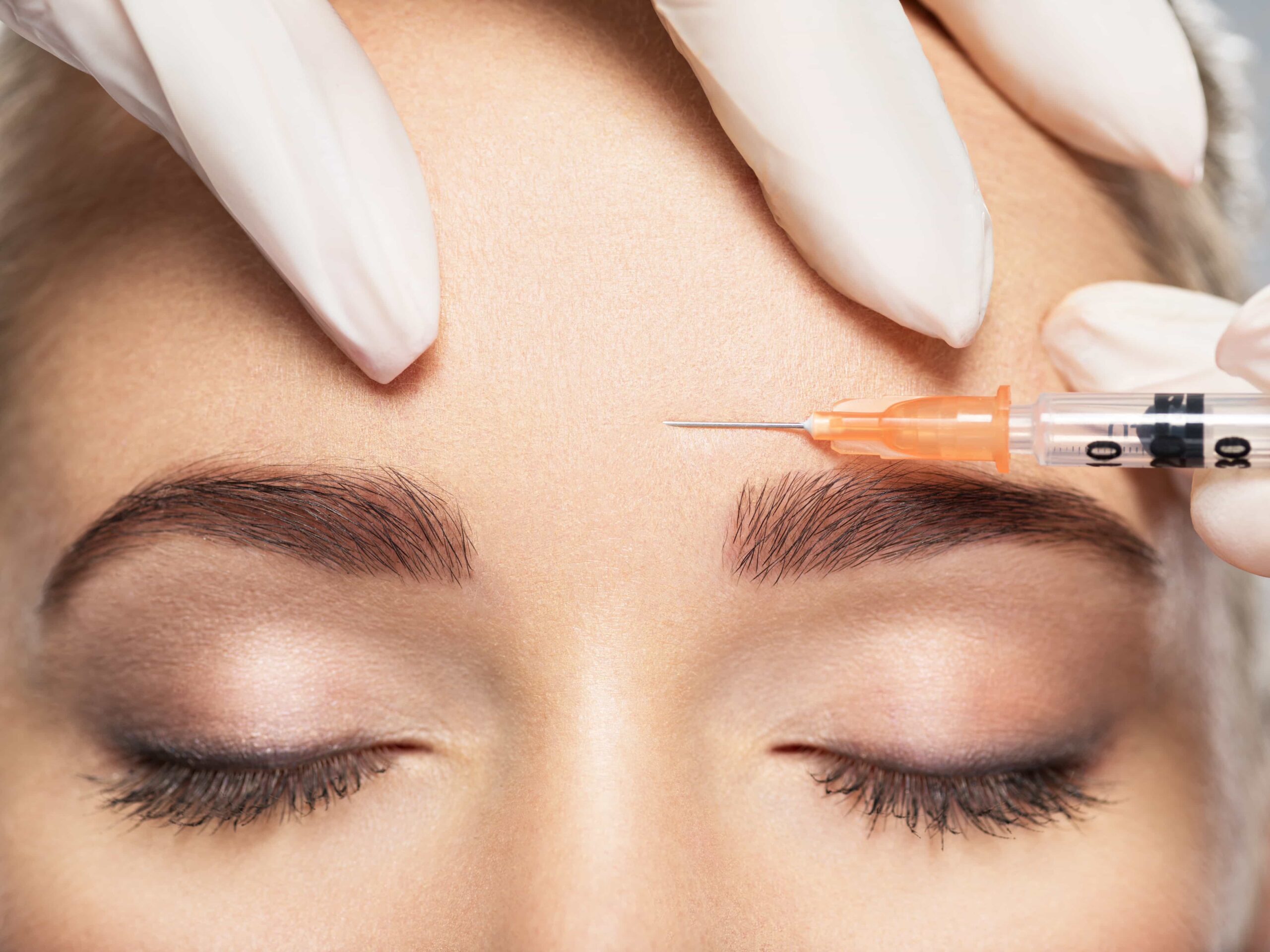Botox (OnabotulinumtoxinA), derived from botulinum toxin type A, is a renowned neurotoxin injectable with FDA approval for cosmetic use.
Botox comes from botulinum toxin type A. It is a well-known injectable approved by the FDA for cosmetic use. Doctors use it to treat fine lines and wrinkles, like those on the forehead, between the brows (frown lines), and around the eyes (crow’s feet).
Unlike fillers, Botox doesn’t fill wrinkles. Instead, it treats “dynamic” wrinkles. These are wrinkles caused by muscle movements from facial expressions like smiling, frowning, or squinting.
As we get older, these repeated movements cause lines to appear on the skin. Botox helps by relaxing those muscles so they don’t contract. This makes the wrinkles look smoother and less noticeable.
Botox is a trusted solution in the cosmetic industry, known for its efficacy and safety. Its approval by the FDA underscores its reliability in reducing the signs of aging.
The FDA recommends a total of 64 units of Botox for the main treatment areas. However, a trained provider may adjust the dose based on your unique muscle movement, anatomy, and goals.
Here are the typical FDA-recommended doses:
•20 units for frown lines
•20 units for the forehead
•24 units for crow’s feet
Botox can also treat other areas of the face. The dose for each area depends on the size and strength of the muscle, which your provider will assess during your consultation.
Getting the right dose is important. If the dose is too low, Botox may wear off too soon, leading to less effective results and possibly higher costs in the long run.
Most people start to see results within 4–7 days after treatment. However, it can take up to 14 days to see the full effect.
If it’s your first time getting Botox, it’s a good idea to schedule a follow-up visit in two weeks. This allows your provider to check your muscle movement and make any needed adjustments.
Botox usually lasts 3 to 4 months in the treated areas. If movement returns earlier than expected, you might need a higher dose next time.
For the best long-term results, stick to a regular schedule every 3 to 4 months.
Following treatment, avoid rubbing or massaging the treated area for 24 hours. Refrain from strenuous exercise and excessive heat exposure for the first day post-injection.

